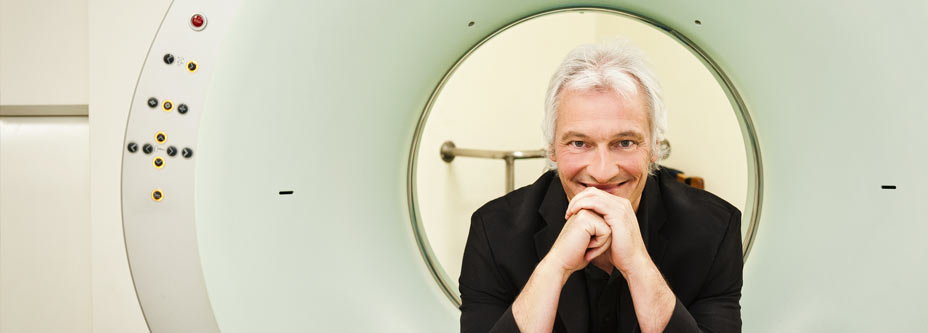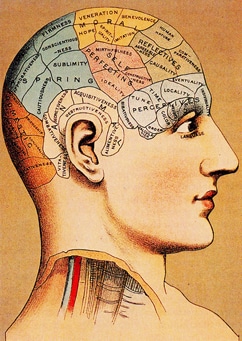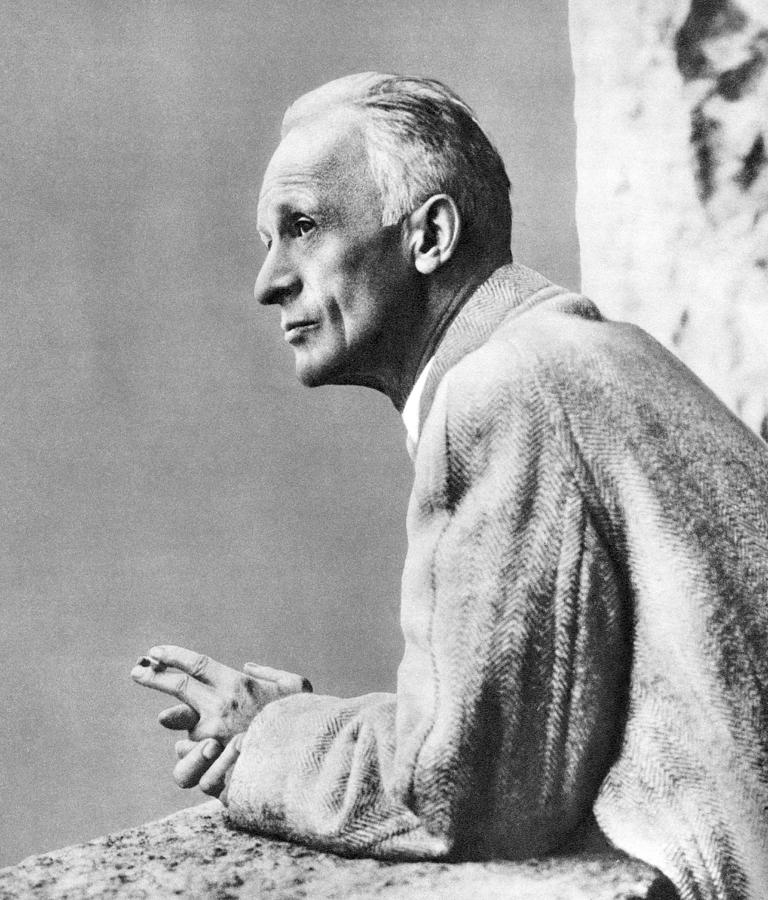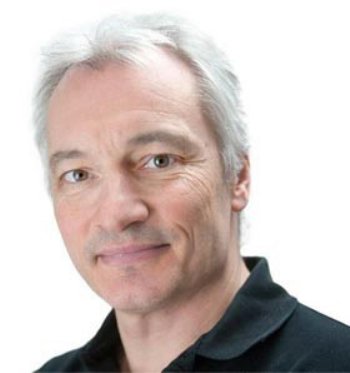Neuroscience for better Neurosurgery, and Neurosurgery for better Neuroscience
A blogpost by Prof. Dr. Dirk de Ridder, MD, PhD, Professor of Neurosurgery, University of Otago, New Zealand

“If neurosurgery is here to stay, it should move from a simple anatomy-based discipline into the modern era of neuroscience-inspired treatments”
Traditionally, neurosurgery was a surgical discipline uniquely based on an intricate knowledge of anatomy: the anatomy of the brain, spine and peripheral nervous system. A neurosurgeon was trained in a traditional corporation setting, initially in the corporation of barbers, only later in medicine. Your mentor would teach you how to perform surgery in a safe and sound way. Essentially, neurosurgery was a skill of knowing where not to cut. Everything else was permitted. Hippocrates, the father of medicine (460 – 370 BC) already noticed the importance of localization in brain injuries: those close to the bregma faired worst prognosis, followed by temporal injuries. Occipital lesions on the other hand carried the best prognosis[1]. The knowledge of the brain was anatomical knowledge[2]. In the 19th century anatomy and function were considered identical. Gall’s phrenology stated that the brain was modular: anatomy = function. The emperor Napoleon asked Jean Pierre Flourens in 1822 to prove or disprove this phrenology. Applying systematic ablations in animals clearly demonstrated that different functions such as hearing, vision etc are indeed topographically localized, but higher functions such as memory and cognition clearly not. So, the first generations of neurosurgeons only had anatomy to guide them. Yet, the rest of the world, and even our non-neurosurgical colleagues would claim that neurosurgery is “the half mad were being operated upon by the mad”[3], as very little was known about the brain and early neurosurgeons were basically charting unknown territory.


Harvey Cushing, the father of neurosurgery, realized this from the beginning and proposed that any properly trained neurosurgeon must be a clinical and experimental neuroscientist (= academic neurosurgeon), and to that aim he founded the Society of Neurological Surgeons in 1920. He adopted the German academic medical schooling, which was implemented by his mentor William Halsted, in which (neuro)surgeons were to also trained in physiology and histology. Much later, at the end of the 20th century, with the advent of CT and MRI scanning, neurosurgeons became trained to read these structural images. Yet, neurosurgery is still a job of a manual labourer, practical and essentially non-scientific.
But what does it mean to be a neuroscientist, and is it still possible to know everything about the brain? Any neuroscientist will tell you it is impossible to know everything about the brain, in keeping with the old saying that neurosurgery is the “pursuit of the impossible by the irrepressible” [3].
Luckily there is a solution, and this is to collaborate as a neurosurgeon with neuroscientists or train as a neurosurgeon-neuroscientist.
This concept is not new. In the USA, the first dual degree (MD-PhD) training program started in 1956, and became structured and funded since 1964 by the NIH, called Medical Scientist Training Program. Yet, in neurosurgery this is still in a nascent stage. The collaboration requires a new breed of neurosurgeons, who are trained to understand not only the anatomy, physiology and histology of the brain but also have acquired knowledge about basic neuroscience. Neuroscience has developed as a multidisciplinary science that combines anatomy and physiology with molecular biology (genetics and epigenetics), developmental biology, cytology, computer and network science, mathematical modelling and bioelectronic engineering. In 2009, Nature published an editorial with the title OPENING UP BRAIN SURGERY, in which collaboration between neurosurgeons, who have a unique access to a living human brain, and neuroscientists was promoted. Thus it makes sense to also train neuroscientists to acquire some knowledge about what neurosurgeons do.
“Luckily there is a solution, and this is to collaborate as a neurosurgeon with neuroscientists or train as a neurosurgeon-neuroscientist.”
Why is this collaboration important? Neurosurgeons tend to be pragmatic and practical, and will perform experiments that are immediately helpful, such as electrical stimulation of brain areas to know whether these can be transsected or removed. Neuroscientists want to understand how the brain works, and this does not always have to lead directly to practical applicability. Furthermore, neuroscientists are more experienced in applying scientific methods to solving research questions. Neurosurgeons tend to be interested in that what works, not relying on heavy statistics to prove something works. If it works a neurosurgeon doesn’t need statistics to convince himself of the efficacy, the patient will tell him. This difference between medicine and (neuro)science has led the medical statistician, Major Greenwood to write in 1923 that “… I should like to shame [surgeons] out of the comic opera performances which they suppose are statistics of operations”. This was reiterated in 1996 in the Lancet, in an editorial titled: “Surgical research or comic opera: questions, but few answers”, concluding that “Only when the quality of publications in the surgical literature has improved will surgeons reasonably be able to rebut the charge that as much as half of the research they undertake is misconceived”.

But neuroscientists are used to develop tools to help them investigate the brain in more depth than neurosurgeons, for example optogenetics, ultrasound imaging, chemogenetics, and understand network science and other analytic methods better than more down to earth neurosurgeons.
Thus, the collaboration between neurosurgeons and neuroscientists should lead to 1. answering questions about brain functioning that can be but do not have to be immediately beneficial for neurosurgery and 2. using better scientific methods to understand how the brain works better, thereby automatically benefit the development of better surgical treatments and 3. develop novel treatments by improving diagnostics, visualization or tools that can improve neurosurgery.
In conclusion, if neurosurgery is here to stay, it should move from a simple anatomy-based discipline into the modern era of neuroscience-inspired treatments, for the benefit of the patient, neuroscience and society. Neuroscience is essential for better neurosurgery, and neurosurgery can be beneficial for better human neuroscience.
Biography
Dirk De Ridder, MD, PhD, is professor of Neurosurgery at the Dunedin School of Medicine, University of Otago in New Zealand. His main interest is the understanding and treatment of phantom perceptions (sound, pain), especially by use of functional imaging navigated non-invasive and invasive neuromodulation techniques.
His main interest is to understand commonalities in different diseases such as in thalamocortical dysrhythmias (pain, tinnitus, Parkinson disease, depression, slow wave epilepsy) and Reward deficiency syndromes (addiction, OCD, Personality disorders)
A third pillar of his research relates to the neurobiological underpinnings of the ‘self” and ‘other’ in the brain, as it relates to social interactions, philosophy and religion.
He has published 37 book chapters, co-edited the Textbook of Tinnitus, and has authored or co-authored 270 articles. He is reviewer for 85 scientific journals.
References
- Goodrich, J., Neurosurgery in the Ancient and Medieval Worlds, in A History of Neurosurgery, S. Greenblatt, Editor. 1997, The American Association of Neurological Surgeons: Park Ridge, Illinois. p. 37-64.
- De Ridder, D., A short history of neurosurgical localization. World Neurosurg, 2013. 80(5): p. 479-81.
- Dan, N.G., The personality of the neurosurgeon. Acta Neurochir (Wien), 1995. 132(4): p. 217-21.
- Image source: https://schoolworkhelper.net/phrenology-history-use/
- Image source: https://fineartamerica.com/featured/harvey-cushing-american-neurosurgeon-.html
- Image source: https://pl.wikipedia.org/wiki/Major_Greenwood

